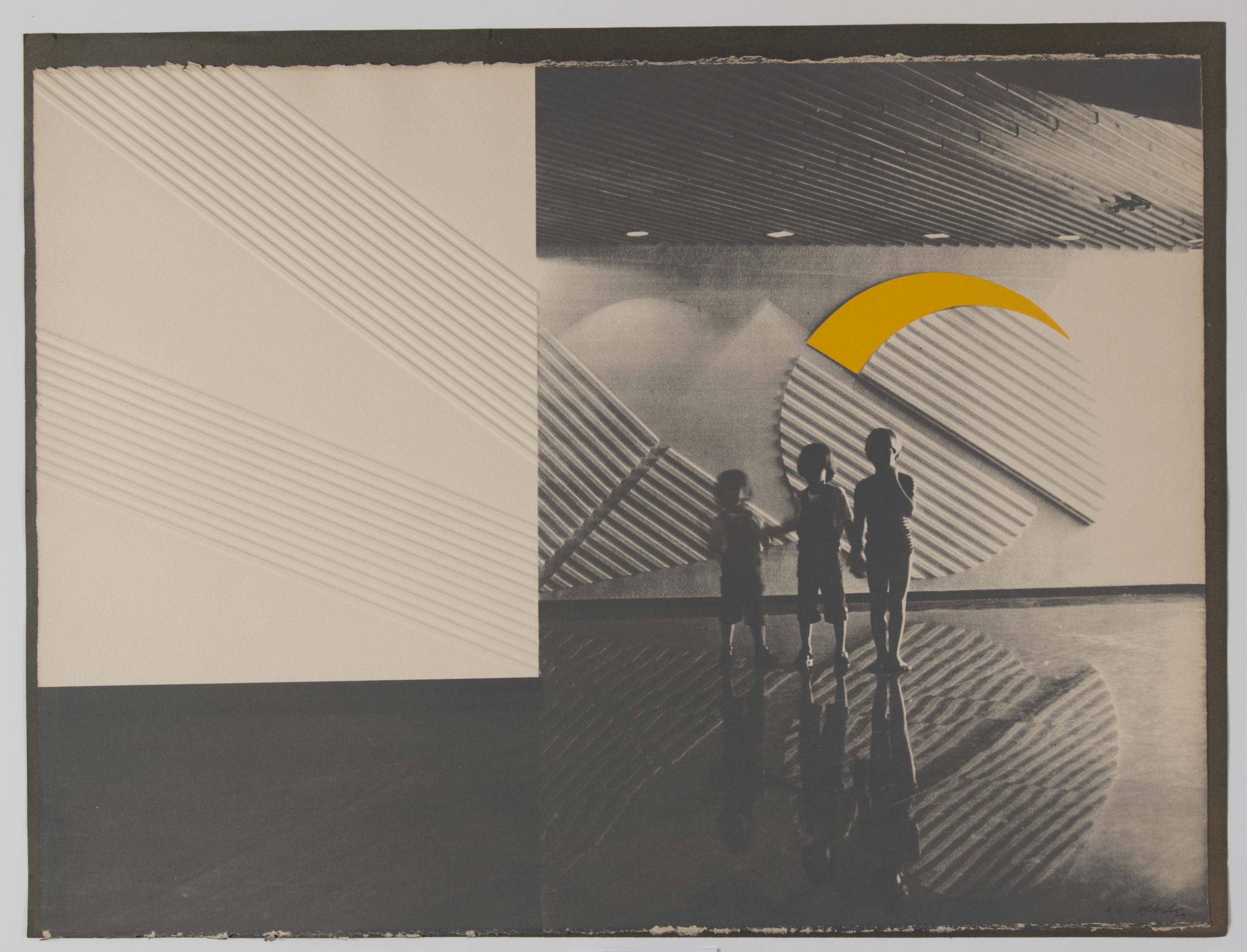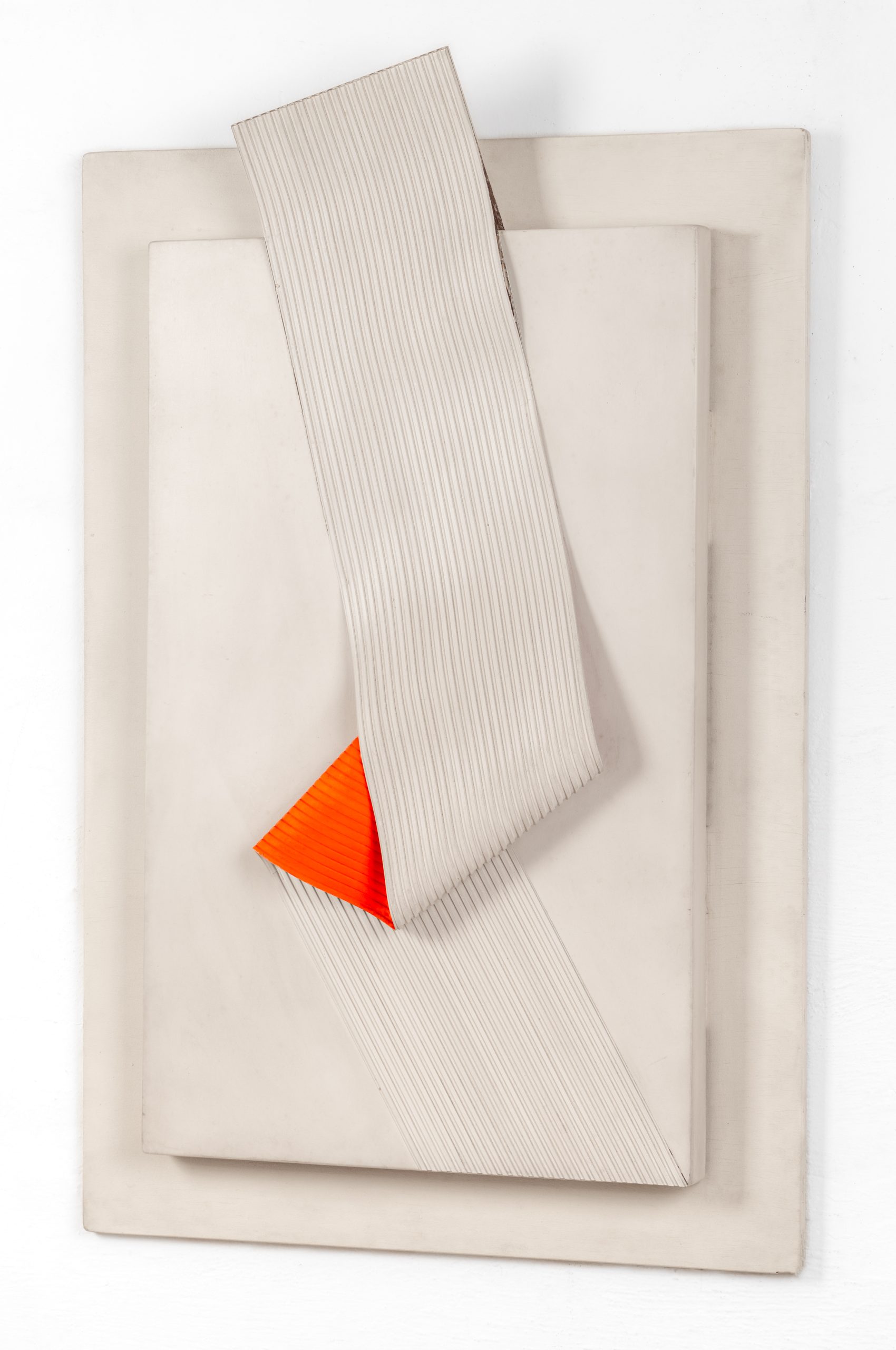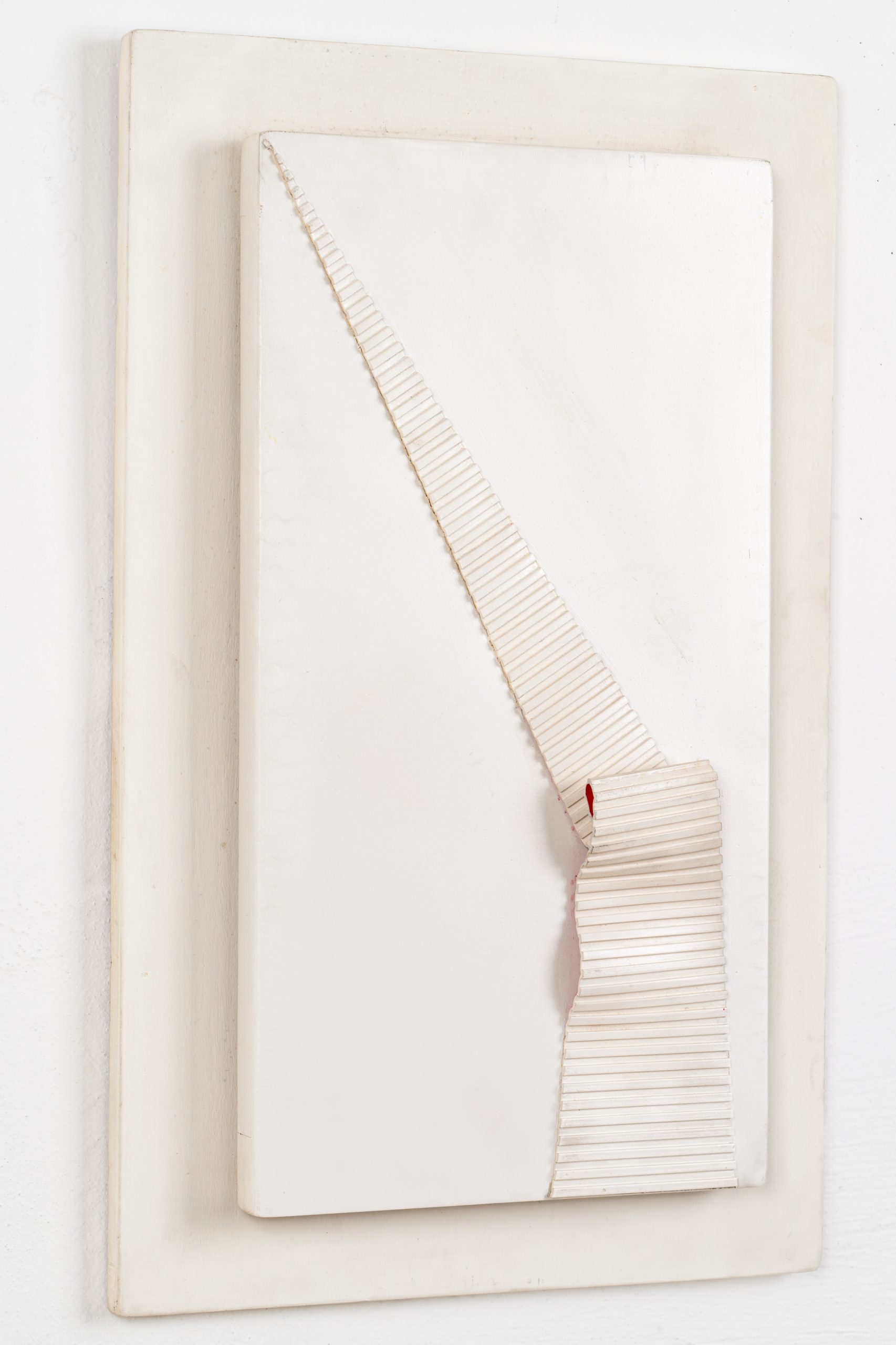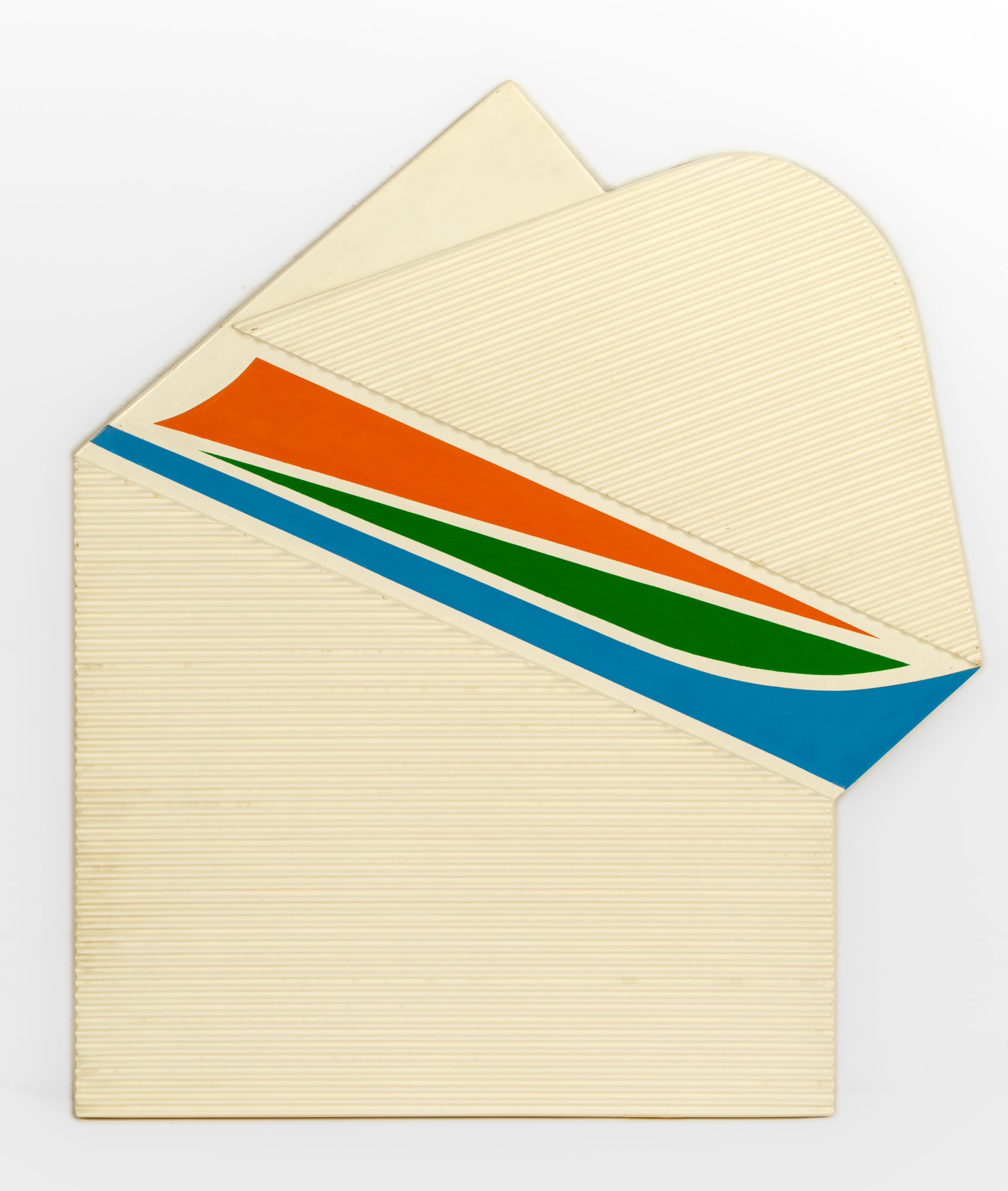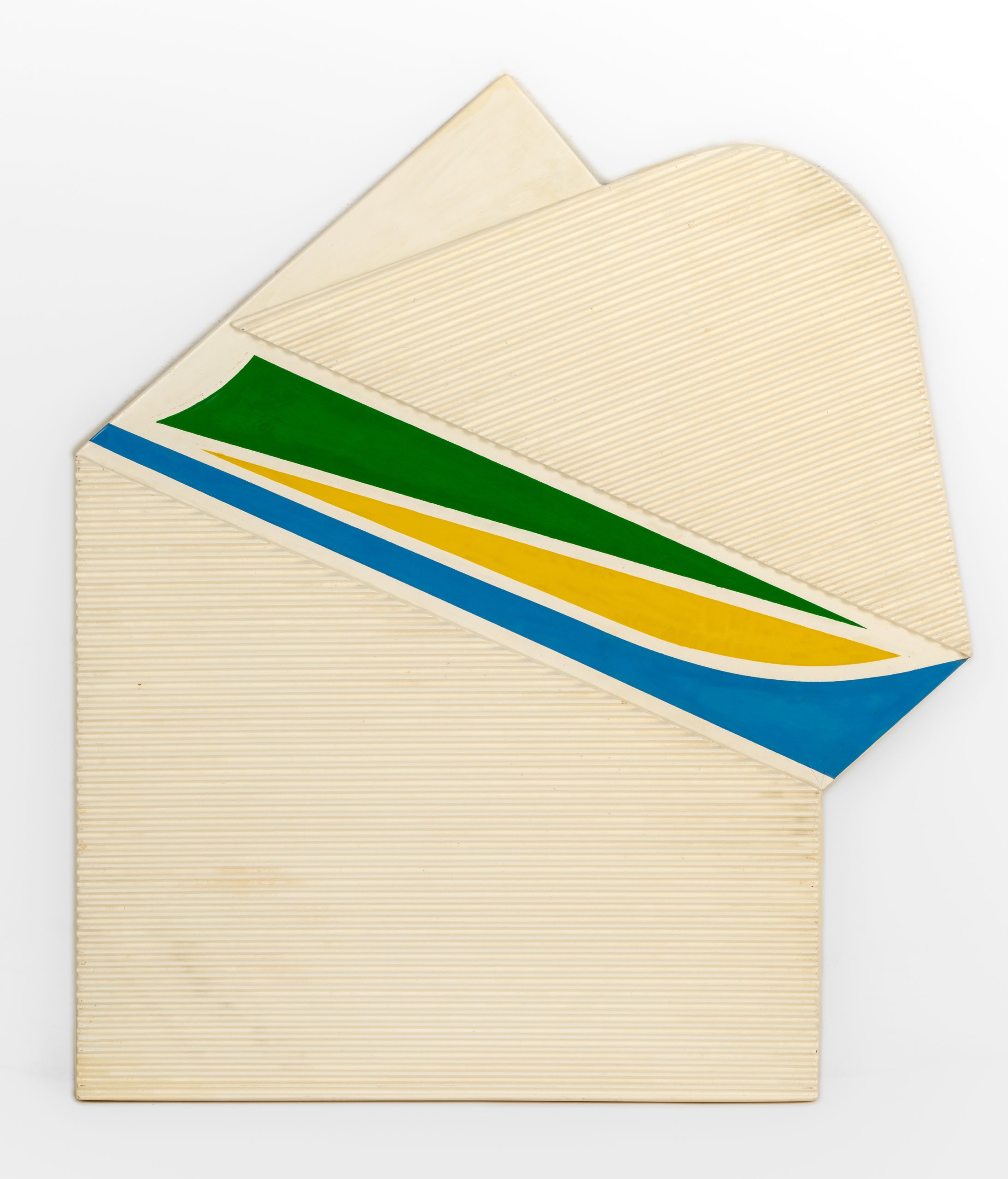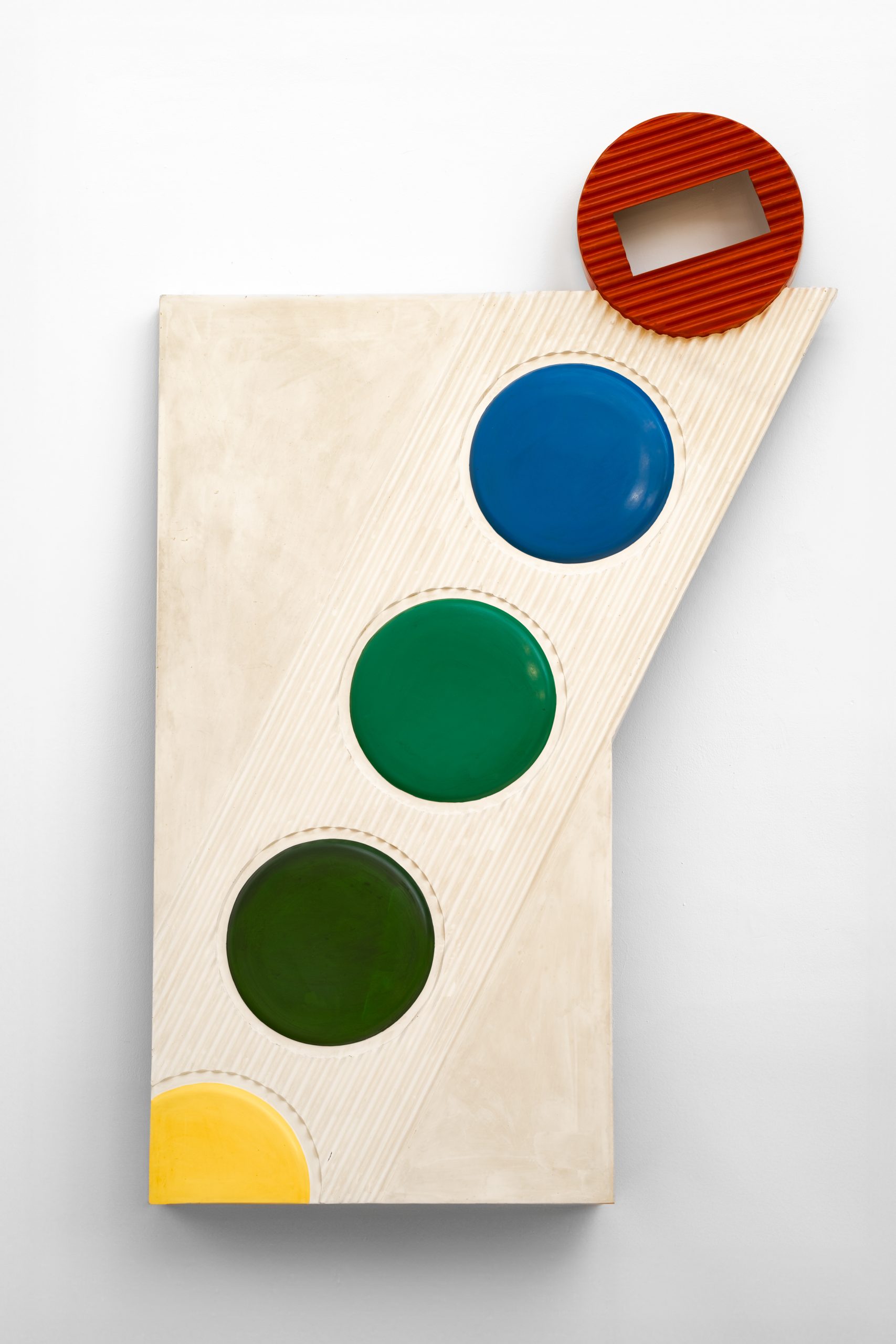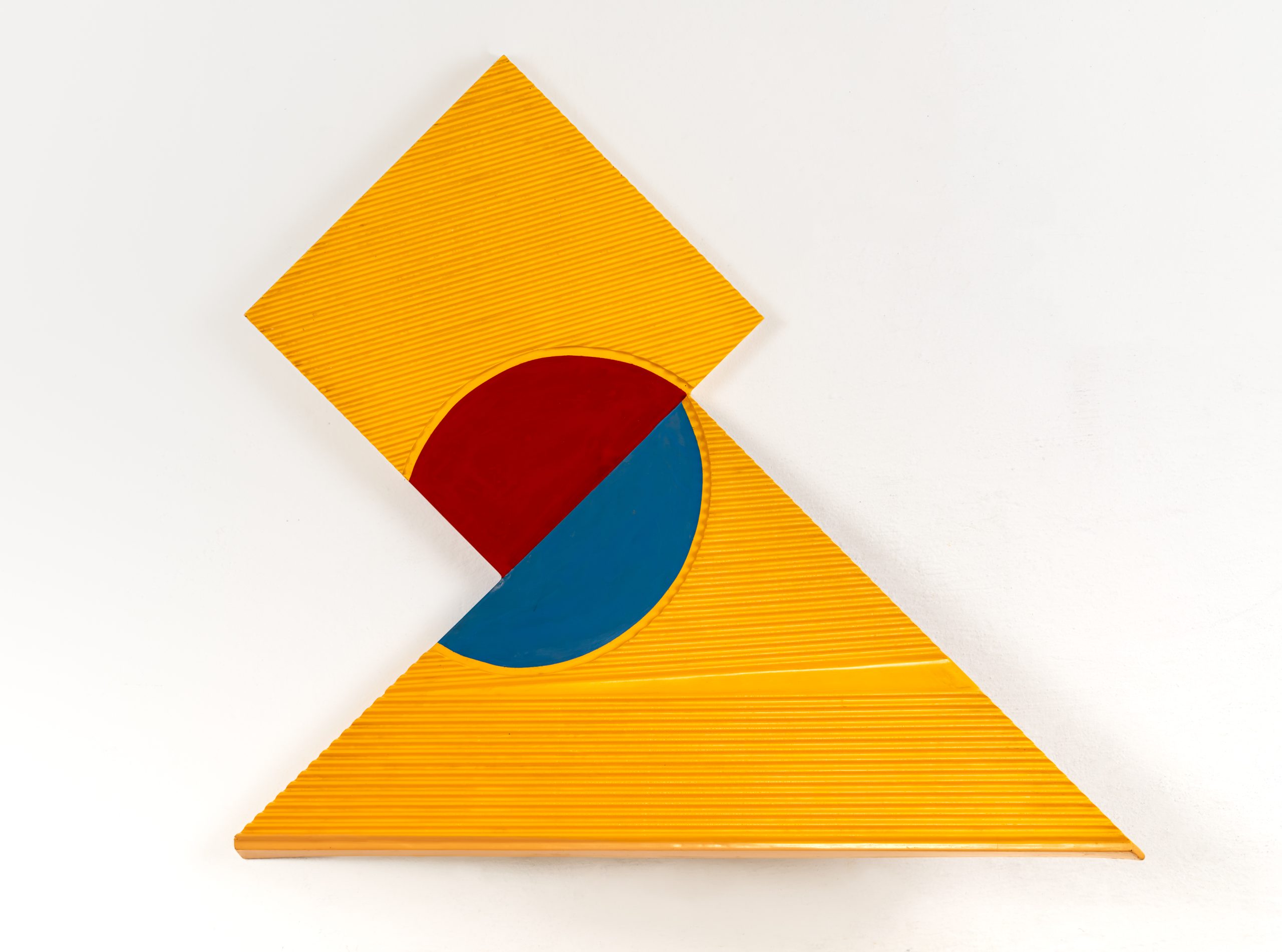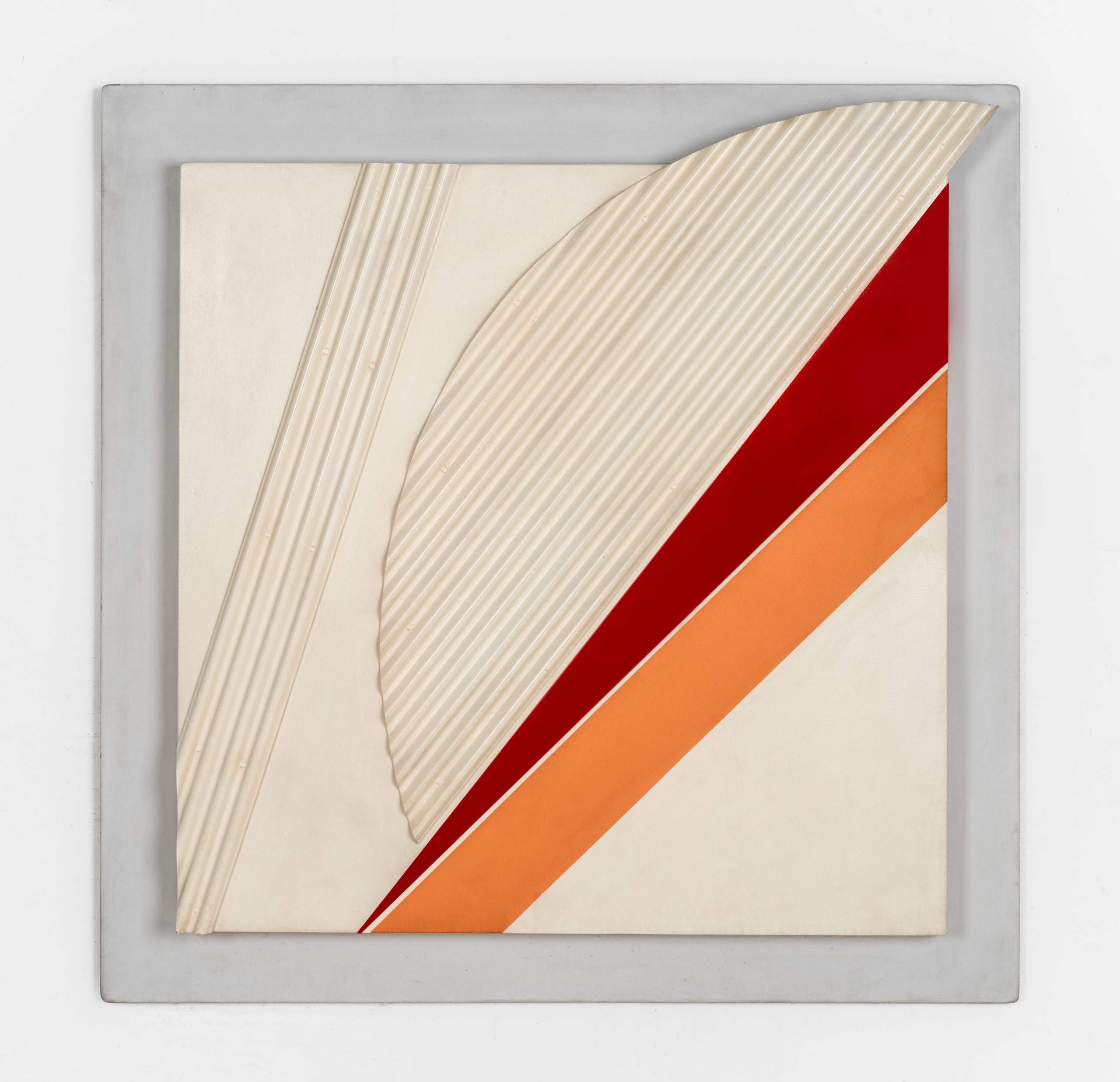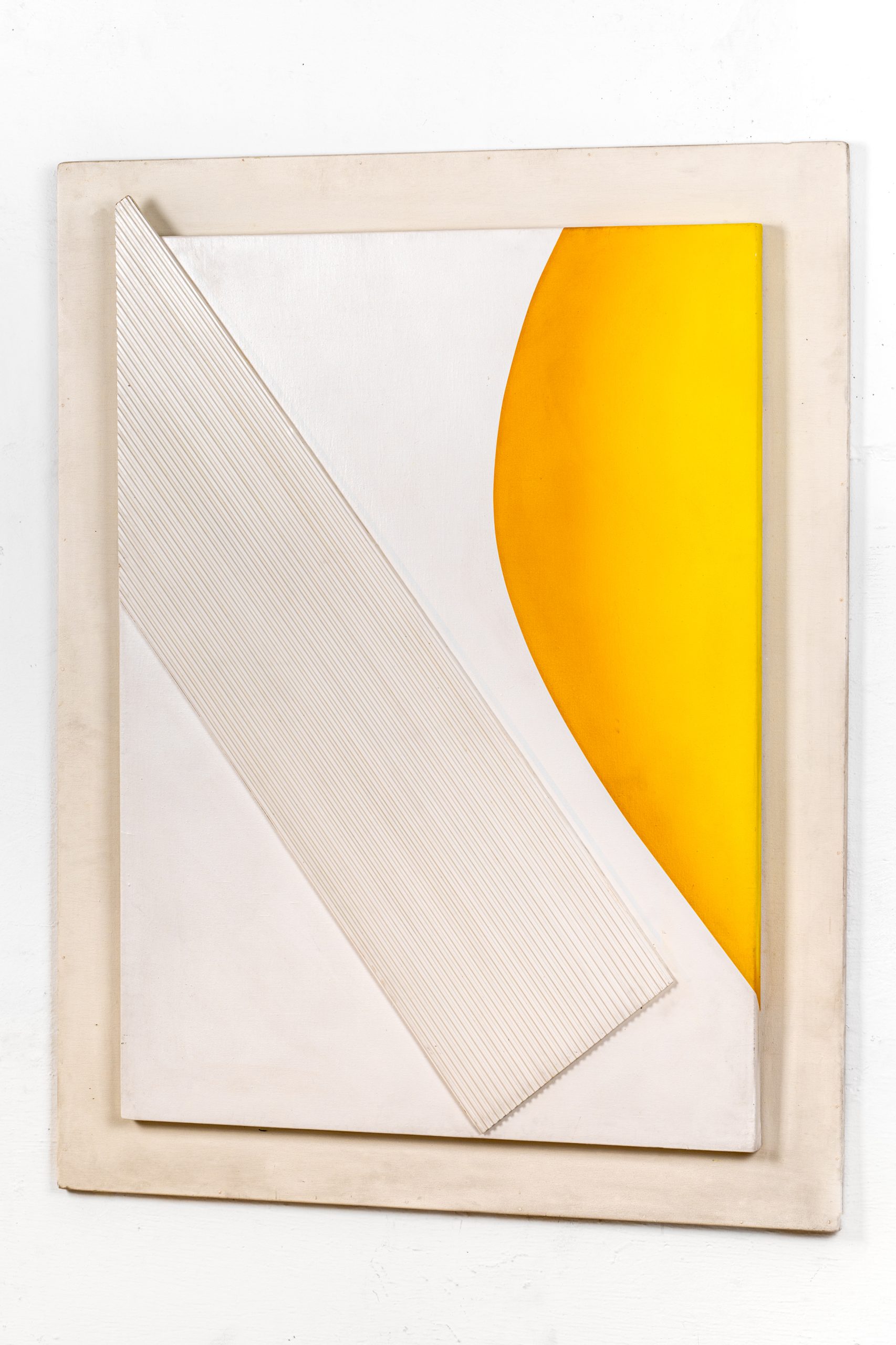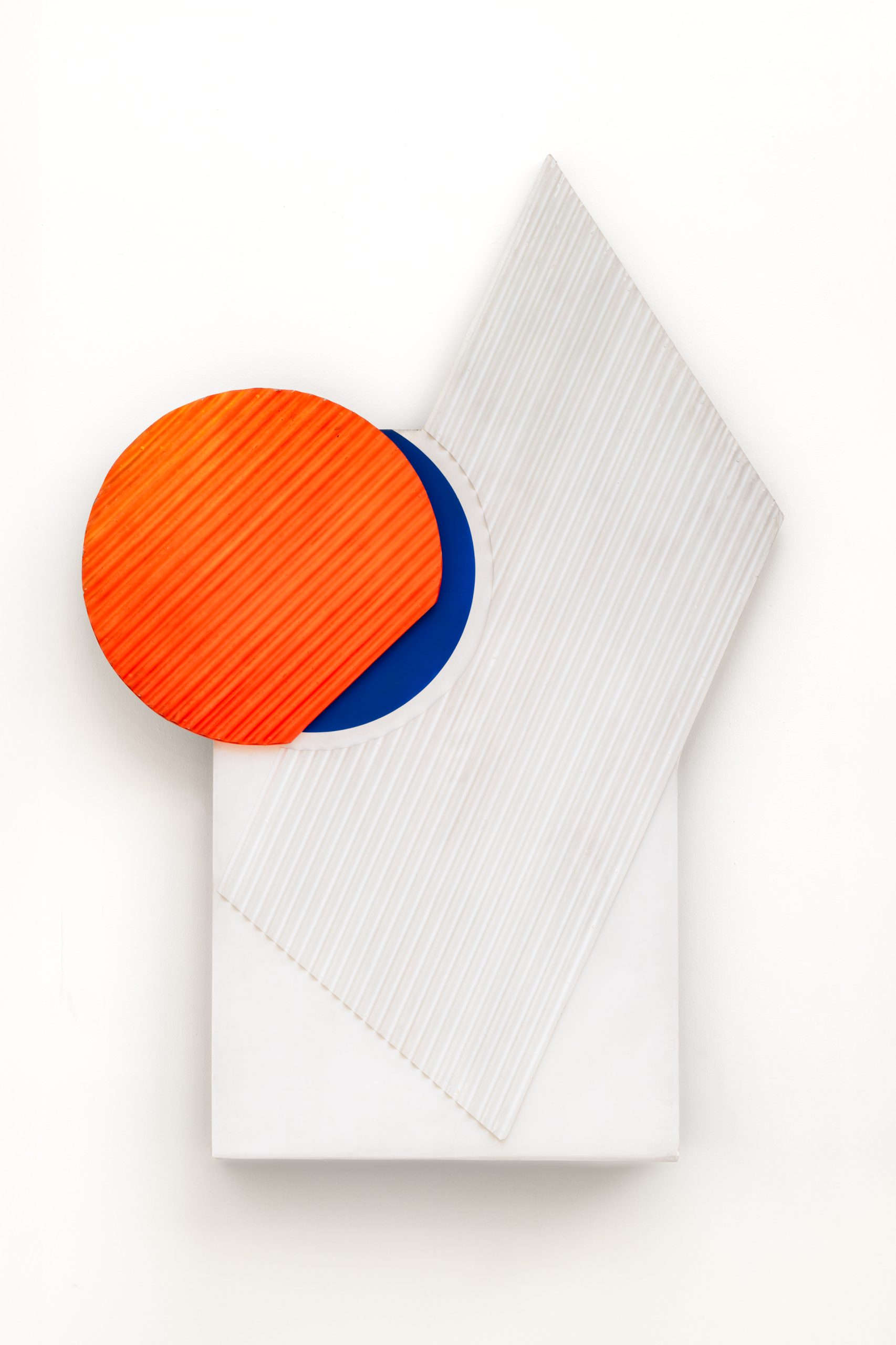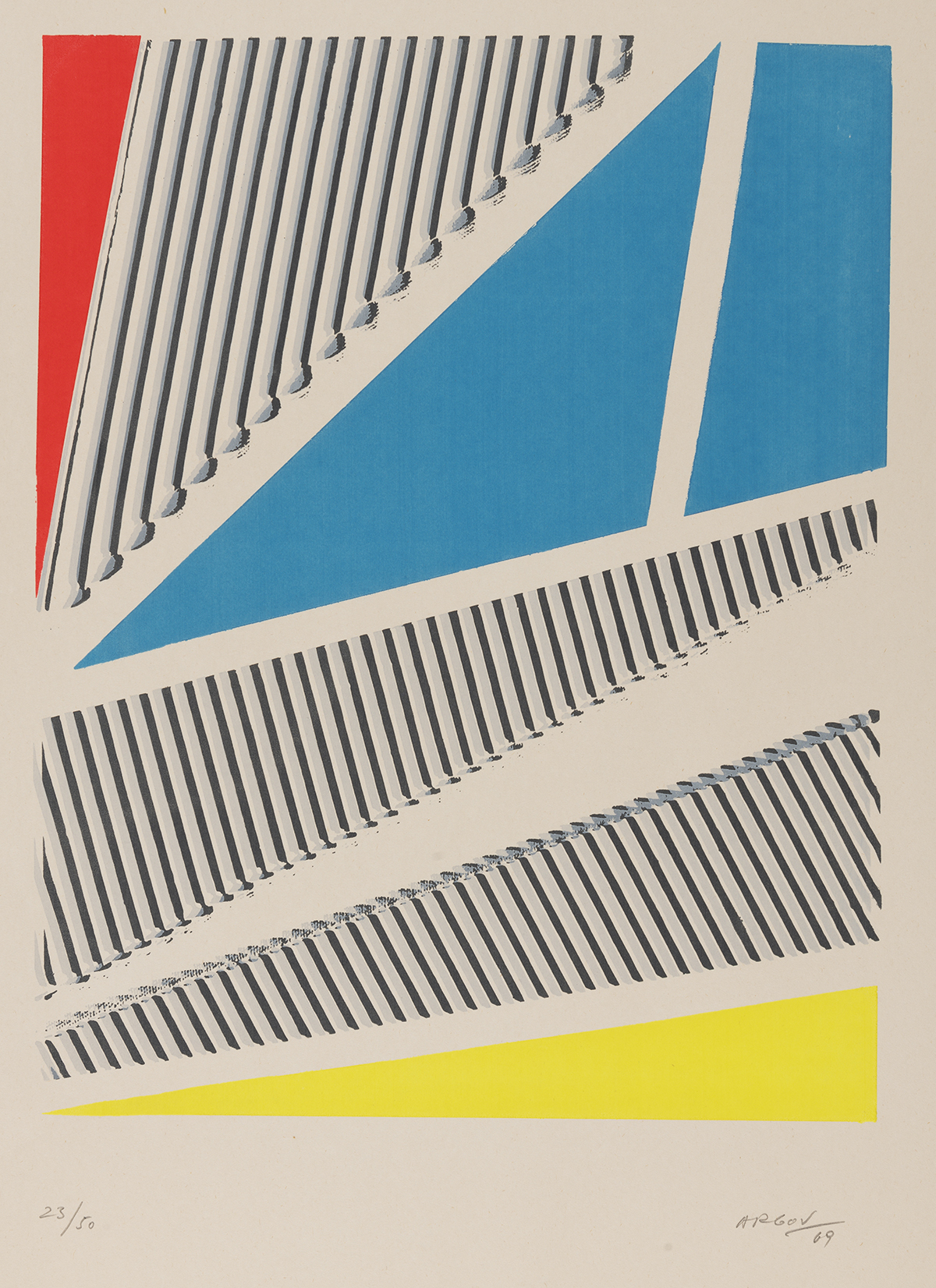Michael Argov (1920, Austria – 1982, Israel) was born as Michael Zinger. He immigrated to Israel with his family at the age of 13, joined the HaMahanot HaOlim youth movement, studied in Kadoorie Agricultural High School, and later joined the Palmach with members of his group in the youth movement.
His artistic development reflects an artist-researcher, who tirelessly explores new modes of visual expression and techniques, even in opposition to the prevailing trends at the time. His work and the trajectory of his life involve artistic research, an experimental temperament, ideology-driven expressiveness, and active involvement in the artistic field in which he worked.
Argov began his art studies in the 1940s, studying in Aharon Avni’s studio in Tel Aviv. Then he sought his artistic path in the “Studia” of Yehezkel Streichman and Avigdor Stematsky. In 1947 he went to study in Paris, as many Israeli painters of his generation did. He studied at the École des Beaux-Arts, exhibited in solo exhibitions and salons (including Salon de Mai and Salon de la Jeune Peinture), and was active in the Israel Painters and Sculptors Association in Paris.
From figurative painting, Argov moved to abstract expressionism, to geometric abstraction under the auspices of social ideology, to experimenting with photography, and eventually to a minimalist pictorial expression while striving for metaphysical abstraction. At the beginning of his career, Argov combined the figurative with the abstract: a flat perception of space, distinct spots of color and prominent contours. Little by little, lines and color planes replaced the figurative subject in his paintings, which was hinted at almost exclusively in their names. At the end of the 1950s, Argov began calling his paintings by the general name “composition”. These compositions corresponded with lyrical abstraction. Towards the 1970s, he turned to minimalist geometric abstraction in a variety of styles, from “Op Art” (Optical Art) to “Hard-Edge”. During this period, he earned much success and presented his prominent exhibitions in major venues: the Tel Aviv Museum, the Venice Biennale and more.
Op Art is a modernist genre based on visual illusion, geometric abstraction and contrasts in shapes and color. It evolved mainly in Paris in the late 1950s, as a counter-reaction to the abstract Arte Informale, and from there it spread to other art centers around the world. Op Art works, which often give the impression of a sculpture or a relief, seek to act on the human vision mechanism – or on its limitations – to deceive and create illusions of depth and movement. In Israel, Op Art, with its international aura, gained popularity in the 1960s and 1970s in the art scene especially in design and architecture, and even in fashion. The Israeli artists associated with the style are, alongside Argov, the designer Pinchas Eshet (1935, Romania – 2006, Israel), and of course Yaacov Agam (b. 1928, Israel) who worked for many years in France, and was a leading figure in an international movement next to Victor Vasarely (1906, Hungary – 1997, France).
The compositions created by Argov (in silkscreen, relief, and collage) are based on clean and calculated shapes combining pieces of corrugated cardboard and jute burlap fabrics that gave the works texture and disrupted their flatness. Argov’s work invites a look into the intricacies of art in its pure form – a composition of shapes and lines – and not as a mediator of a conceptual theme or an emotional expression. Accordingly, his works from that period are directly named “Op” (from Op Art) with a serial number attached.
As the group G.R.A.V. (Groupe de Recherche d’Art Visuel), an art collective that operated in Paris since the 1960s, Argov sought to promote a change in the relationship between the artist and art in modern society, and in the myths associated with the work of art and the single “origin”. Geometric Op Art hit the ideological target well. With the aim of freeing art from the public and the conventional exhibition spaces, Argov planned and designed wall works for public buildings in Israel – among others for the Sheba Medical Center, the IDF Recreation Village in Givat Olga, and the Magistrate Court in Netanya.
The monumental scale and the use of building materials such as aluminum, fiberglass, steel, and asbestos allowed Argov to examine the relationship between painting and sculpture, and between them and architecture. It was a medium and social study, or in Argov’s own words: “My intention is to take the work off the gallery walls, into the street, so that it will be everyone’s.”[1]
Argov created series of prints and multiples of his reliefs, with the aim of shattering the myth of the “origin” and making them democratic, that is, accessible to a wider public of collectors. In his later years, Argov concentrated on research in the artistic medium itself and minimalist expression. His works from that time are quiet and gothic, abandoning the material three-dimensionality in favor of the illusion of volumes and textures, similar to the tradition of deceiving the eye in painting (trompe-l’œil).
The museum’s collection includes 15 wall sculptures and dozens of prints donated from the artist’s estate in 2021, courtesy of his family. All of Argov’s works in the collection were created at the height of his career – between 1962 and 1982, the year he died, and allow a glimpse into the abstract-geometric chapter in his body of work.
[1] ארגוב מצוטט בתוך: דליה מנור, מיכאל ארגוב (תל־אביב: ספריית פועלים, 1993), עמ’ 60.
-
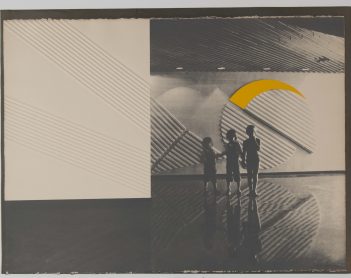
למידע נוסף
Michael Argov, Untitled
1979, Screen print, 75x56 cm
-
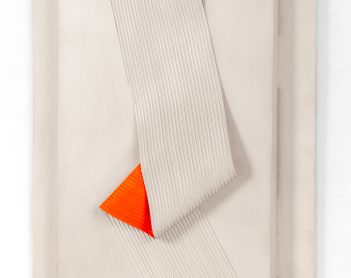
למידע נוסף
Michael Argov, OP. 1019
1974, PVC and acrylic on wood, 96x66 cm
-
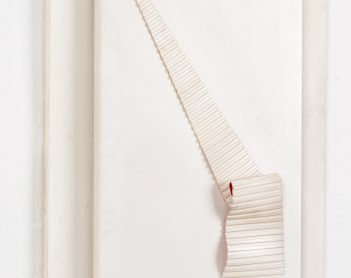
למידע נוסף
Michael Argov, OP. 1019
1974, PVC and acrylic on wood, 55x34 cm
-
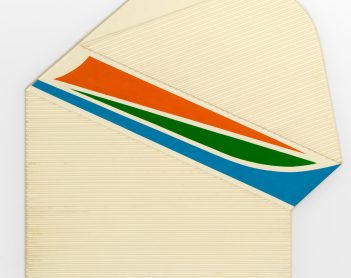
למידע נוסף
Michael Argov, MC
1971, Glass fiber reinforced polyester, 70x63 cm
-
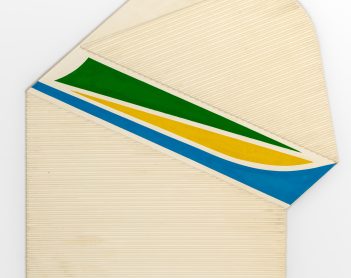
למידע נוסף
Michael Argov, MB
1971, polyester, 70x63 cm
-
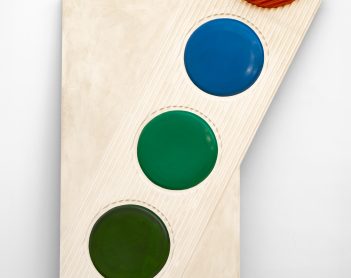
למידע נוסף
Michael Argov, OP. 925
1971, Glass fiber reinforced polyester, 159x24x9 cm
-
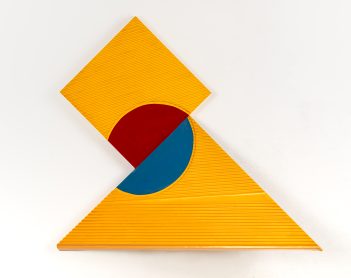
למידע נוסף
Michael Argov, MIIC
1971, Glass fiber reinforced polyester, 66X74X4 cm
-
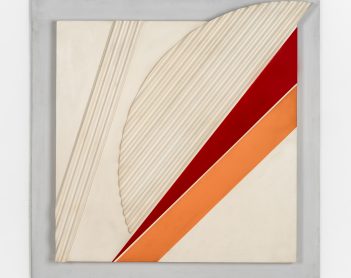
למידע נוסף
Michael Argov, OP. 997
1973, Glass fiber reinforced polyester, 108x100 cm
-
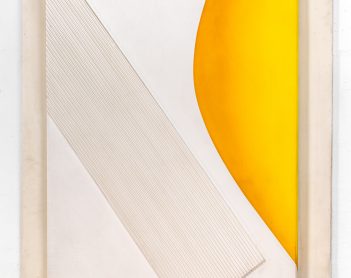
למידע נוסף
Michael Argov, OP. 1027
1975, PVC on wood, 106x83 cm
-
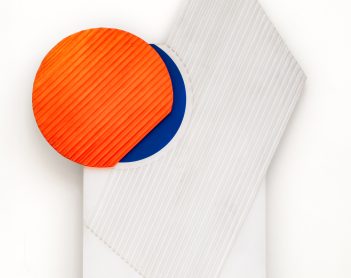
למידע נוסף
Michael Argov, OP. 979
1972, Aluminum and acrylic on wood, 217x153 cm
-
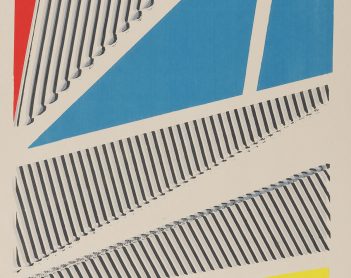
למידע נוסף
Michael Argov, Geometric Abstract
1969, Color print, 50X70 cm
